The modern market for sports drinks can be traced back to Gatorade.
Developed in 1965 by a team of sports scientists led by Dr. John Robert Cade, Gatorade was designed to help University of Florida football players cope with the challenge of massive sweat loss during intense exercise in a hot environment.
The essential idea behind Gatorade was to deliver rapidly-absorbing carbohydrates for energy along with ions to replace those that were lost in sweat. The original formula was apparently not the best tasting, reportedly inducing vomiting in some consumers!
But a lot of refinement has occurred since its inception, and Gatorade now comes in a plethora of popular flavors and styles. Additionally, several other brands of sports drinks (PowerAde, All Sport, Accelerade, etc.) have emerged, and in total, the market size for sports drinks has grown to an estimated $22.37 billion industry by 2018.
Clearly, a lot of people are drinking sports drinks.
The facts on exercise and sweat loss
Humans have a great capacity to endure heat – we have a much (10x!) greater density of sweat glands on our skins than other primates. During exercise, we can sweat at rates of 0.5 to 2 liters per hour. Our ability to sweat arms us with an incredibly effective method for reducing core temperature. As we sweat, the liquid on our skin evaporates and cools us down in a remarkable fashion. However, when sweat losses exceed more than 2% of our body mass (i.e. a 200lb man losing 4 pounds of sweat), this can raise core temperature and impair exercise performance.
Sports drinks supply two things beyond the simple fluid replacement provided by water:
1) carbohydrates and 2) electrolytes. Both can be helpful – in the right circumstances.
Carbohydrates ingested during exercise can help fuel muscles to make them work harder and make the exercise feel easier. Electrolytes (sodium potassium, chloride) can replace those that are lost in sweat, which will permit our muscles and heart to continue operating more efficiently.
The key point to whether or not a sports drink is really helpful is how long you are exercising.
When exercise durations exceed one hour, then the supplemental carbohydrate and electrolytes can provide measurable benefits to exercise, increasing performance and reducing the perception of effort one feels.
Is it OK to drink sports drinks when you aren’t exercising?
Sure! You don’t have any need to drink sports drinks unless you are exercising for more than an hour at a time. But if you enjoy the taste, drinking a sports drink in moderation will not harm you (though your dentist has a right to bid you caution with both casual and overconsumption).
Most sports drinks contain less sugar than (non-diet) soft drinks, for example, a 20oz bottle of Gatorade contains about half as many calories as a 20oz bottle of cola. The extra sodium is not harmful, again if not consumed to excess. So if you enjoy the taste, treating a sports drink as an alternative to a soft drink and enjoying one as an occasional treat, fits well into a healthy lifestyle.
- American College of Sports Medicine. 2007. POSITION STAND Exercise and Fluid Replacement. Med Sci Sports Exerc: 39(2):377-390. doi: 10.1249/mss.0b013e31802ca597
- Aldea D, Atsuta Y, Kokalari B, Schaffner SF, Prasasya RD, Aharoni A, Dingwall HL, Warder B, YG Kamberov. 2021. Repeated mutation of a developmental enhancer contributed to human thermoregulatory evolution. Proc Natl Acad Sci. 118(16):e2021722118. doi: 10.1073/pnas.2021722118
- Barnes KA, Anderson ML, Stofan JR, Dalrymple KJ, Reimel AJ, Roberts TJ, Randell RK, Ungaro CT, LB Baker. 2019. Normative data for sweating rate, sweat sodium concentration, and sweat sodium loss in athletes: An update and analysis by sport. J Sports Sci . 37(20):2356-2366. doi: 10.1080/02640414.2019.1633159. Epub 2019 Jun 22.
- Cermak NM & L J C van Loon. 2013. The use of carbohydrates during exercise as an ergogenic aid. Sports Med .43(11):1139-55.
- History. Oct 02: This Day in History: Gatorade invented at University of Florida.
- Grandview Research. Sports Drink Market Size, Share & Trends Analysis Report By Product (Isotonic, Hypertonic, Hypotonic), By Distribution Channel (Retail & Supermarkets, Online Platform), And Segment Forecasts, 2019 – 2025.
- Jung AP, Bishop PA, Al-Nawwas A, & R B Dale . 2005. Influence of Hydration and Electrolyte Supplementation on Incidence and Time to Onset of Exercise-Associated Muscle Cramp. J Athl Train 40(2):71-75.
- de Melo, M. A., Passos, V. F., Lima, J. P., Santiago, S. L., & Rodrigues, L. K. (2016). Carbohydrate-electrolyte drinks exhibit risks for human enamel surface loss. Restorative dentistry & endodontics, 41(4), 246–254.


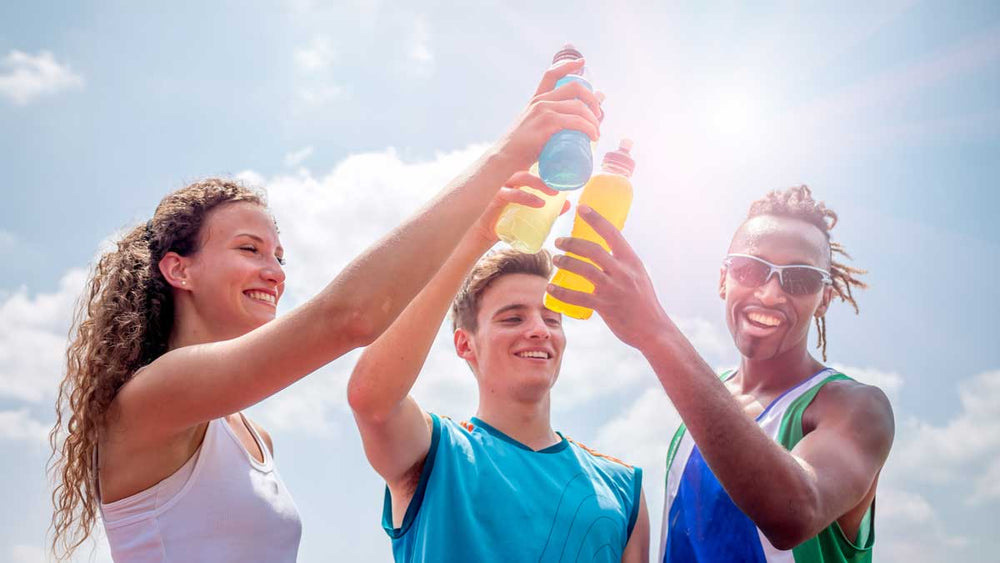
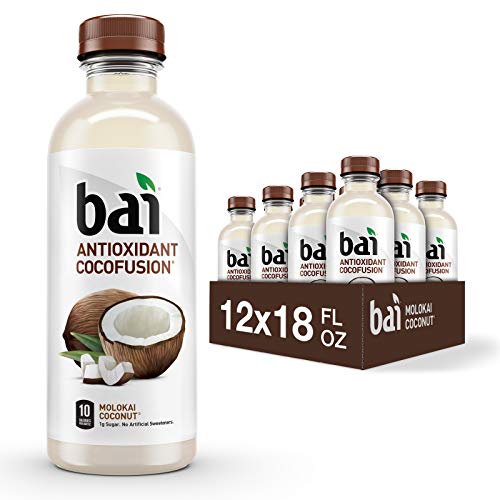
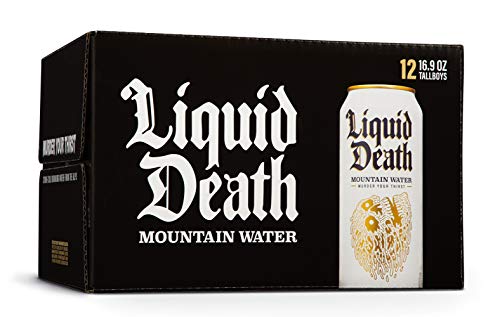
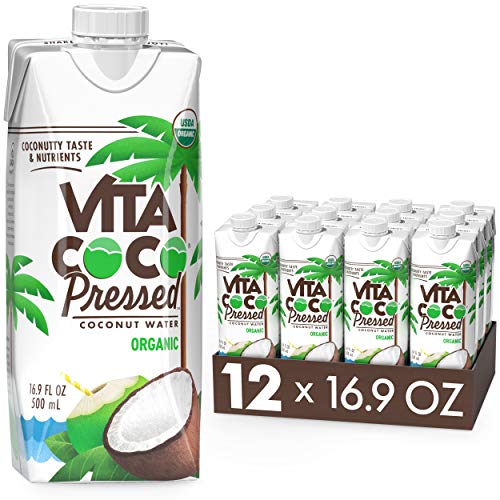










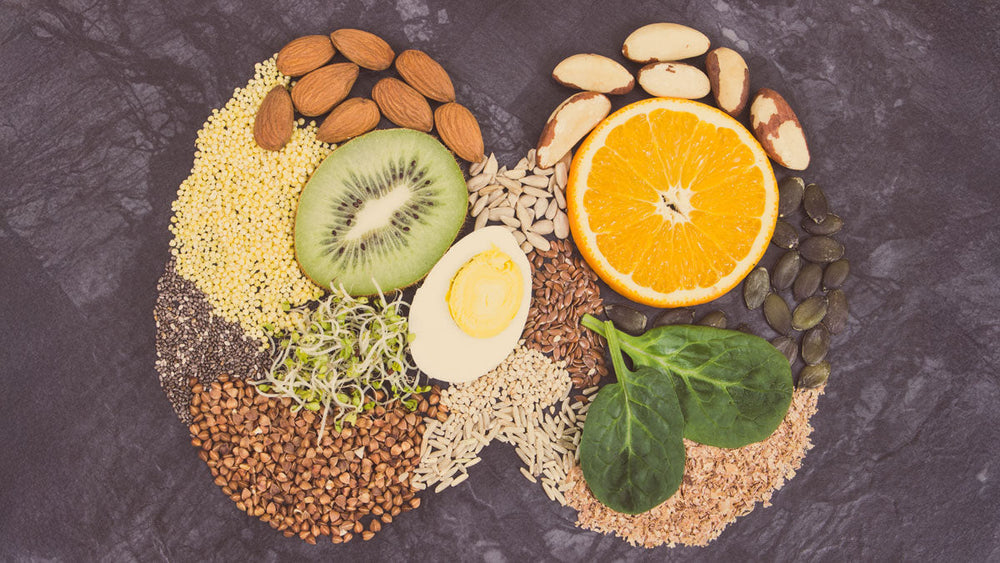

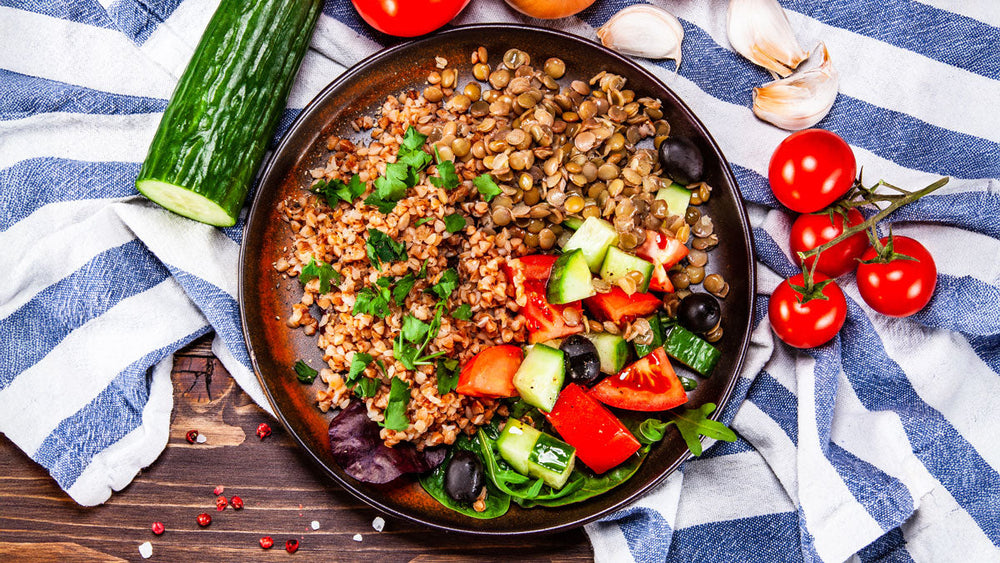



Comments
Join The Conversation...